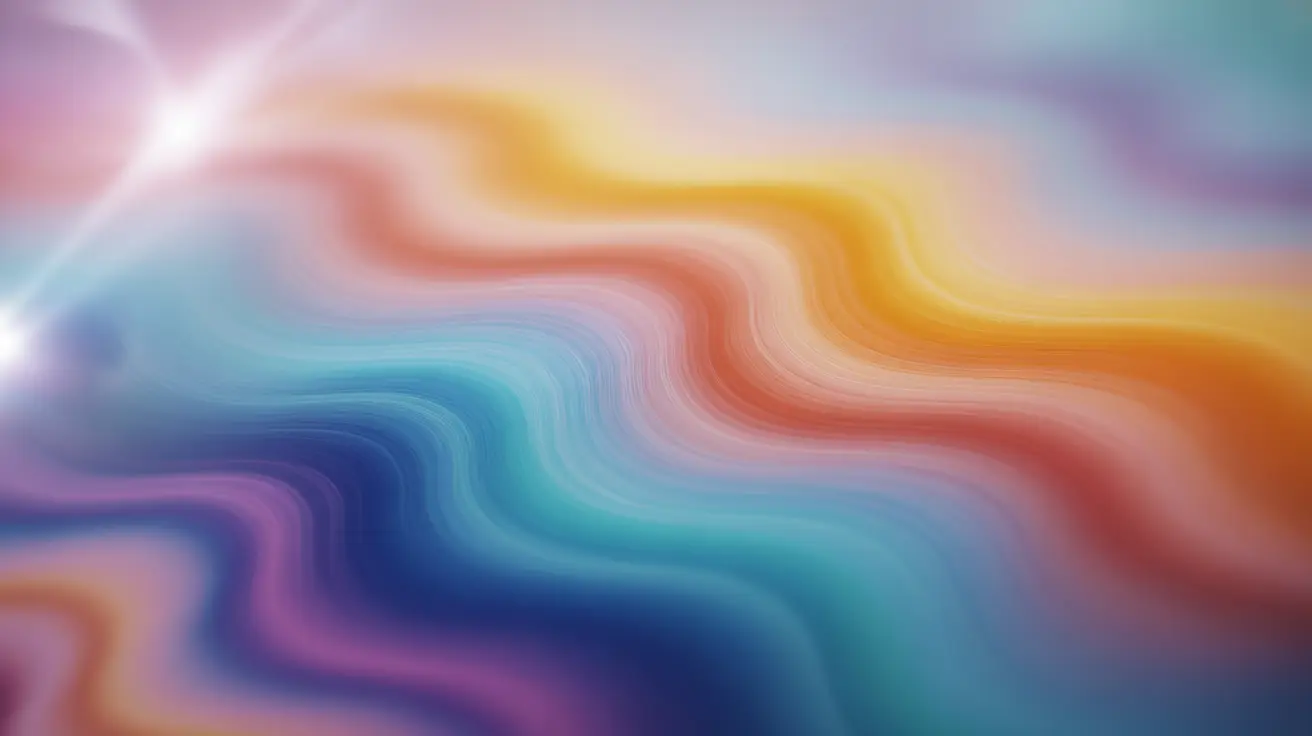Color therapy, also known as chromotherapy, is an alternative healing practice that uses the power of different colors to promote mental, emotional, and physical well-being. This ancient practice has gained renewed interest in modern wellness circles as people seek natural ways to manage stress, improve mood, and enhance their overall quality of life.
Understanding how different colors can influence our psychological state opens up new possibilities for creating environments and experiences that support our mental health. From dedicated color therapy sessions to simple daily practices, this therapeutic approach offers various ways to harness the potential healing properties of colors.
Understanding Color Therapy and Its Foundations
Color therapy is based on the principle that different colors carry specific energetic frequencies that can influence our mood, behavior, and physiological responses. Each color in the spectrum is believed to have unique properties that can be used therapeutically to address various mental and emotional concerns.
The practice integrates both scientific understanding of how light and color affect our brain chemistry and traditional healing wisdom that has recognized the power of colors for centuries. Modern research continues to explore how different wavelengths of light can impact our circadian rhythms, hormone production, and emotional states.
The Psychological Impact of Different Colors
Calming Colors
Blues and greens are typically associated with feelings of tranquility and peace. These colors are often recommended for creating relaxing environments and managing anxiety. Soft blue tones can help lower blood pressure and heart rate, while gentle greens can promote feelings of balance and harmony.
Energizing Colors
Warm colors like red, orange, and yellow are known for their stimulating properties. These colors can help boost energy levels, increase motivation, and enhance focus. However, they should be used thoughtfully, as too much exposure might lead to overstimulation in sensitive individuals.
Balancing Colors
Purple and violet shades are often associated with spiritual wellness and mental clarity. These colors can help create a sense of inner peace while promoting creativity and intuition. Neutral tones like beige and light gray can provide a grounding effect and help create a balanced environment.
Practical Applications of Color Therapy
Home Environment
One of the most accessible ways to incorporate color therapy is through thoughtful home design. This can include:
- Painting walls in colors that support your emotional needs
- Using colored light bulbs in different rooms
- Incorporating colored textiles and decorative elements
- Creating dedicated spaces with specific color schemes for different purposes
Personal Wellness Practices
Color therapy can be integrated into daily self-care routines through:
- Visualization exercises using different colors
- Wearing clothes in colors that match your desired emotional state
- Using colored glasses or light filters during meditation
- Creating color-based artwork for emotional expression
Professional Settings
In therapeutic settings, color therapy might involve:
- Controlled exposure to colored lights
- Color-based meditation sessions
- Art therapy incorporating specific color choices
- Environmental design for healing spaces
Color Therapy for Specific Health Concerns
Different colors can be used to address specific mental health challenges. For example, soft pink and green may help reduce anxiety, while yellow can help lift mood in cases of mild depression. However, it's important to note that color therapy should be used as a complementary approach alongside traditional mental health treatments when necessary.
Frequently Asked Questions
What are the benefits of using color therapy for stress and anxiety relief?
Color therapy can help reduce stress and anxiety by exposing individuals to calming colors like blue and green. These colors have been shown to lower blood pressure, reduce heart rate, and promote relaxation. The practice can create a sense of peace and tranquility in your environment, helping to manage daily stress levels.
How can I incorporate color therapy into my daily routine to improve my mood?
You can integrate color therapy into your daily life by wearing mood-boosting colors, decorating your space with specific color schemes, using colored lighting, and practicing color visualization during meditation. Even small changes, like using a colored water bottle or journal, can help influence your mood throughout the day.
What are some effective ways to use color therapy for better sleep?
For better sleep, use calming colors like soft blues, lavenders, or neutral tones in your bedroom. Avoid stimulating colors like bright red or yellow. Consider using blue-light blocking filters in the evening and gradually dimming lights to darker, warmer tones as bedtime approaches.
Is color therapy a safe and effective complementary therapy for managing symptoms of depression?
Color therapy can be a safe complementary approach to managing depression symptoms when used alongside professional treatment. Bright, warm colors like yellow and orange may help boost mood and energy levels. However, it should not replace prescribed medical treatments or therapy for clinical depression.
How does color therapy compare to other holistic treatments like meditation or yoga in terms of mental health benefits?
While color therapy may not have as extensive research backing as meditation or yoga, it can work effectively in combination with these practices. Color therapy offers unique benefits through its influence on mood and environment, making it a valuable addition to a holistic wellness routine that includes other evidence-based practices.




